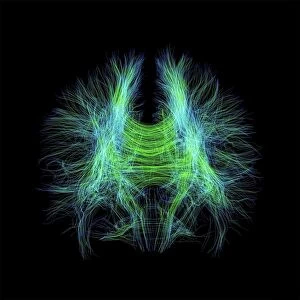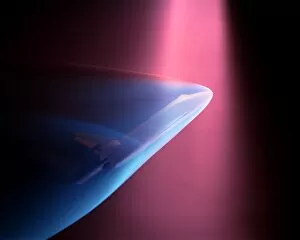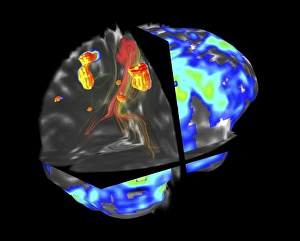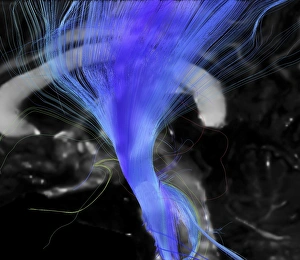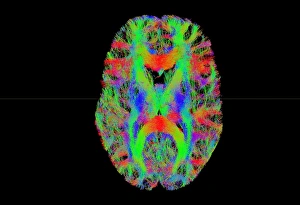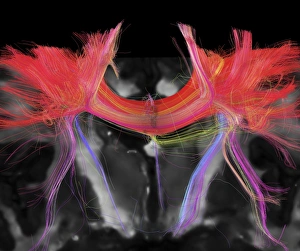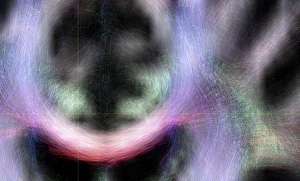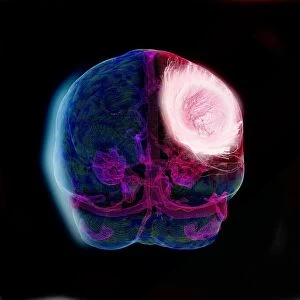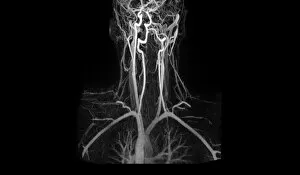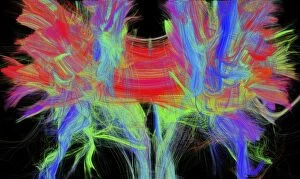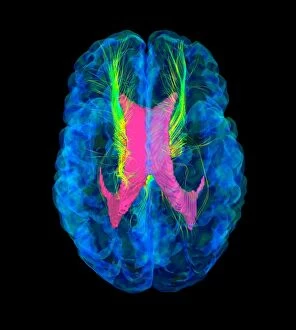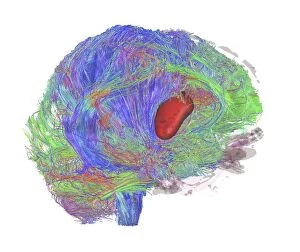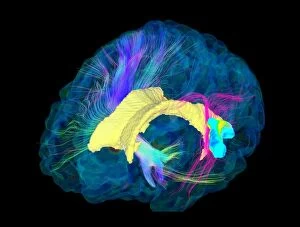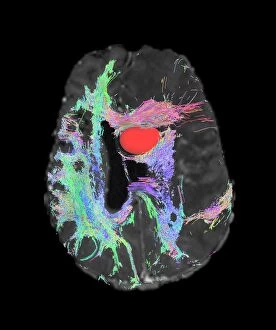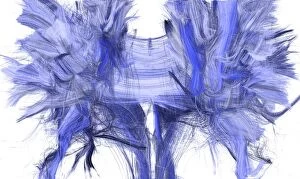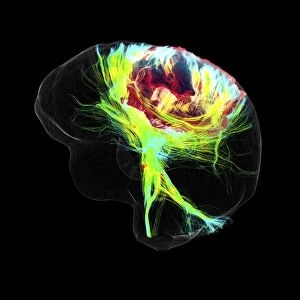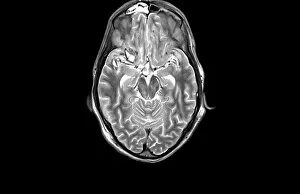Imaging Technique Collection
"Unveiling the Intricacies of Brain Fibres
All Professionally Made to Order for Quick Shipping
"Unveiling the Intricacies of Brain Fibres: Exploring Imaging Techniques" Discovering the complex network of brain fibres has become increasingly possible with advanced imaging techniques. The DTI MRI scan C017 / 7099 and C017 / 7035 have allowed researchers to delve into the intricate pathways within our brains, shedding light on their connectivity. Innovative methods such as the Shuttle Test Using Electron Beam have provided a unique perspective on brain function, enabling scientists to observe how different regions communicate and interact. When it comes to diagnosing brain tumours, fMRI and tractography have proven invaluable. The C017 / 7102 scan combines these techniques, offering detailed insights into tumour growth patterns and potential treatment options. The Corticospinal tract is another area of interest that has been extensively studied using DTI MRI scans (C017 / 7046). By visualizing this crucial pathway responsible for motor control, researchers gain a better understanding of conditions affecting movement. Tract density imaging (C017 / 7039) further enhances our knowledge of brain fibres by providing information about their distribution throughout white matter. This technique allows us to map out connections in unprecedented detail. Artery damage can also be assessed through MRA scans, helping identify potential risks or causes behind certain neurological conditions. Glioblastoma brain tumours pose significant challenges in diagnosis and treatment planning. However, DTI MRI scans (C017 / 7048 & C017/7055) offer valuable data regarding tumor location and its impact on surrounding structures. As we continue exploring imaging techniques like never before, we unlock new possibilities for understanding the complexities of our brains. These advancements hold immense promise for improving diagnoses accuracy and developing targeted treatments tailored to each individual's unique neural architecture.

